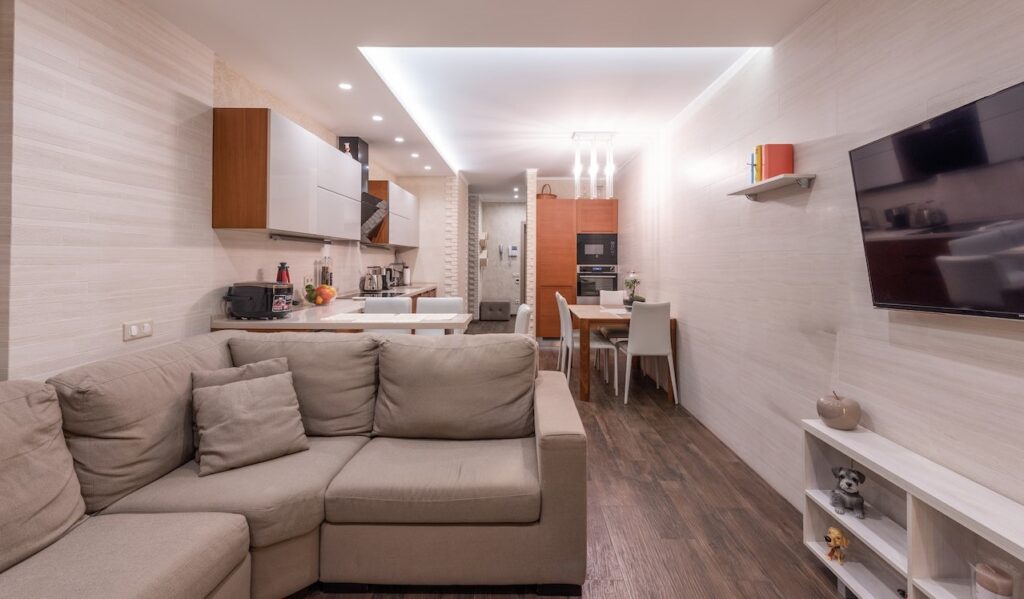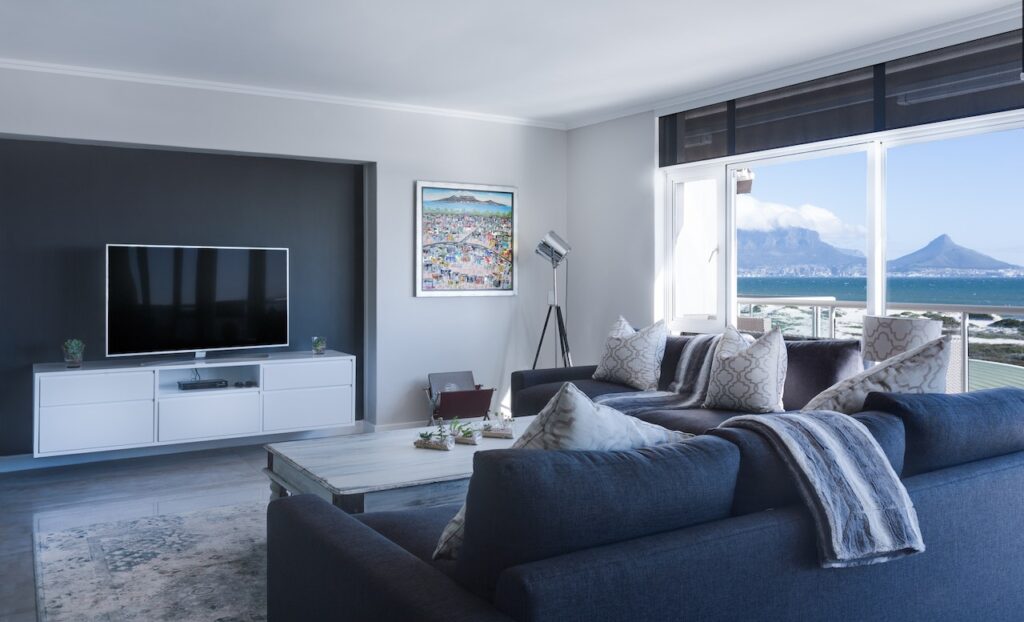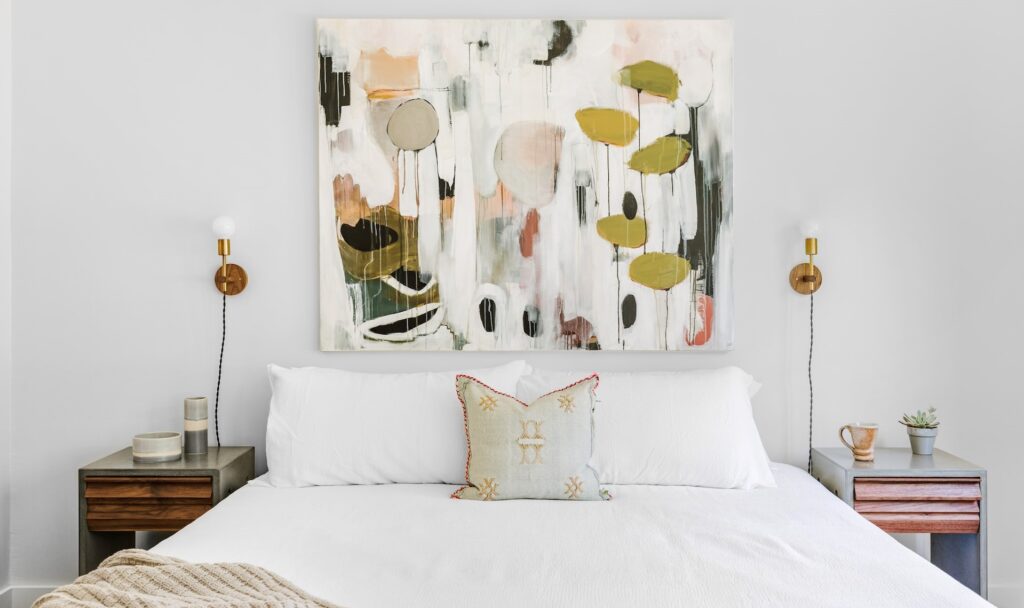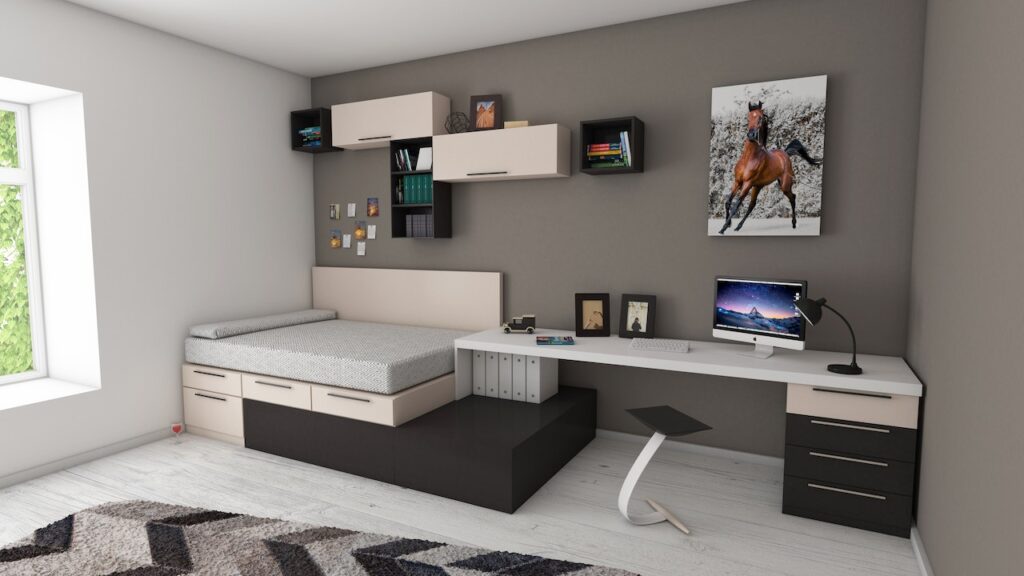Humankind has evolved over the centuries and upgraded their lifestyle in countless ways. Technological advancements have transformed our lives and the abundance of knowledge has made our species more powerful than ever.
As we continue to grow and improve, we create bigger and better concepts to replace the previous ones. Construction plans and principles applied in interior design nowadays are poles apart from those utilized in older times; the disparity is apparent even if you go back a decade or less. Today, less is more, which is why you must incorporate minimalism in your home décor.
Long gone are the days when tall and bulky furniture pieces were in fashion. Modern appliances are energy efficient, compact, and elegant. Similarly, all other contemporary fittings and furnishings are designed to increase functionality, take up less space, and add an element of sophistication.
Former versions now appear to be too gaudy, wasteful, and cumbersome. For instance, slim LEDs have replaced heavy television sets, and built-in wall shelves are preferred to protruding ones.
Why are People moving towards Minimalism?
The population in urban areas around the globe grows exponentially, which results in a scarcity of habitable space. In order to accommodate more people, modern apartments are built relatively small and offer limited space.
The minimalist approach allows residents to make the tightest of spaces seem comfortable and fairly roomy. Interior decoration based on minimalism provides a clean layout, which enhances the aesthesis, whilst fashioning a calming environment.

How to incorporate Minimalism in your Home Décor?
Incorporating minimalism in your home décor will take you several steps closer to living sustainably. Your place will look much more spacious and inviting by the time you’re done. The following tips are all you need to understand and employ the concept of minimalism:
1. Get rid of stuff you don’t need
The first step towards a minimalist lifestyle is to de-clutter. We own innumerable material things, but more than half of them are never used. We have a whole room of junk, which is often referred to as ‘the box room’. Many trinkets sprawled around the house have an origin we’ve long forgotten, and they just sit there collecting dust.
Several furnishings wear out, look ugly, and become unwanted, but we never get to dispose them of. All the useless things we hold onto don’t even synchronize, thus our home mimics a scrapyard.
Take a good look at everything that belongs to you, and make a list of items that you actually need. Sell the rest of the stuff in a yard sale or donate it to the needy; your trash could become someone else’s treasure. The money you make from selling old stuff shall come in handy in the process of revamping your home décor.
2. Pick an unpretentious Color Scheme
If you look up minimalist home designs, you will notice a lot of white or the use of a restricted color palettes. Minimalism encourages the use of neutral or subtle colors, since they are easy on the eyes and give off a relaxing vibe.
The rule of thumb is to select two understated colors that complement each other, such as beige with dull pink or light blue with greys. Light and modest shades make a room look spacious, whereas very dark or bright tones have the opposite effect.

It also recommended to avoid two contrasting colors, as they can be quite distracting and disturbing for the brain. For example, if you paint your walls deep red and a vivid orange, it will seem like the room is caving in, which is not a good feeling to experience.
Pastel colors work best for minimalist décor, but you can choose more upbeat tones, as long as they complement each other and deliver a calming ambience.
3. Let more light in
Minimalists believe in making greener choices and living sustainably; hence, cutting down the usage of household utilities is part of the concept. Artificial lighting consumes ample electric power, causes light pollution, and lacks the health benefits of natural lighting.
Large windows are a primary aspect of modern homes, as they allow maximum sunlight to enter the space during daytime. Always go for sliding windows, as they occupy minimum space.
Rooms with minimal décor have wide spaces to move around; as a result, the lack of obstacles lets natural light diffuse nicely. Move or eliminate furniture that blocks incoming light from windows and skylights.
Natural light illuminates the space better than any manmade lighting, and it doesn’t cost a penny. You also need to open the windows every day to let in fresh air and cleanse the indoor aura.
4. Introduce some Greenery
Some people project the opinion that minimalistic décor is too bland and austere. If you fear that minimalism will make your place look tedious, try adding some natural green elements. Placing potted plants, succulents, as well as artificial foliage around the home instantly adds life to it.
Plants blend in with all kinds of furnishings and bring nature inside. Plants help clean indoor air and enhance the aesthetic value of your interior design.

5. Choose sustainable materials
Using natural materials for furnishing your home is good for you and the environment. Furniture and other household fixtures made from wood, natural stones, and other naturally occurring elements are stunning and highly functional.
Similarly, natural fabrics like cottons, linens, jute, flax, denim, wool, and leather are ideal for interior design. Natural materials grant a cozy earthy feel, so the house feels more like home. If organic materials are not quite affordable, seek synthetic alternatives that are durable and eco-friendly.
6. Apply Accent Decorations
Being a minimalist does not mean that you have to live in a house with bare walls where everything is a shade of white. The key is to refrain from using loud and conflicting colors that are overwhelming to the senses.
Minimalist designs incorporate an accent wall or accent decorations to create a focal point. For example, you can put up one big colorful painting on a wall rather than hanging multiple ornaments on all the walls.
When you over-do decorations, there is too much going on and the place begins to look tacky. You can also add a piece of accent furniture or table center piece that stands out from the rest of the décor. This will add a pop of color to the room without disrupting the minimalistic impression.

7. Play with Textures rather than Prints and Patterns
Too many complex prints and intricate patterns in one place can create confusion and ruin the aesthetics of your interior décor. Minimalism reinforces the implementation of solid colors and limited integration of a print or pattern. For instance, if you have a plain fawn sofa set, you can perk it up with printed or patterned throw pillows that supplement the base color.
If brown and off-white are the main colors of your living room theme, putting up maroon flowery curtains and a zebra print (black and white) rug will obviously look ridiculous. If you wish to add diversity or character to your interior design, try variations of texture instead. Stick to your original color palette and introduce print/pattern in small quantities if you must.
8. Opt for multi-purpose furniture
Modern furnishings are creative and versatile, a concept that goes hand-in-hand with minimalism. Multifunctional furniture such as sofa cum beds, adjustable tables, and low-height beds with storage compartments underneath are smart and convenient. Despite a compact design, minimalist furniture excels in terms of functionality when compared to old school equivalents.

9. Abide by the one-in, one-out Rule
If you want to bring a new piece of furniture or decorative article home, you must first eliminate a corresponding item you already have, in order to free up space for it. If you keep on adding things and never let go of older stuff, sooner or later your place will turn into a huge mess. Refrain from spending money on something new if you don’t have the heart to part ways with the older counterpart.
10. Embrace Simplicity
Interior design based on minimalism is down-to-earth and straight forward. Minimalists emphasize on quality rather than quantity; everything they own and display has a purpose. Minimalism is not about being thrifty, though it deters unnecessary extravagance.
Minimalistic products can come quite expensive, particularly because they are top-notch, classy, and up-to-the-minute. To be precise, it is wise to invest in a few costly things that are useful and valuable, rather than using that money to buy heaps of cheap stuff that is practically worthless.

Elijah Cole is the founder of The Witty Minds blog and a professional content creator. His expertise lies in creative writing and lifestyle blogging. At Witty Minds, he is the lead writer, editor, and publisher of all original content.

